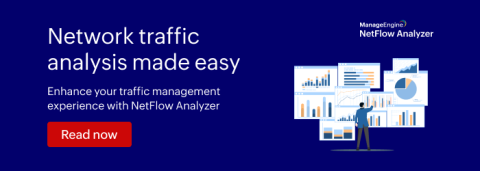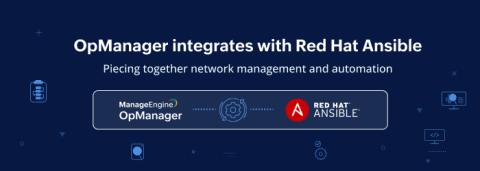Educational institutions empowered: Streamline IP management with OpUtils
Educational institutions are expanding their scope by adapting e-learning platforms and digital classrooms to their traditional classroom environment. This transition not only boosts productivity and efficiency but also opens the door for learning to take place from anywhere. However, the shift also brings new challenges, particularly in managing and monitoring the growing digital infrastructure to prevent outages.











